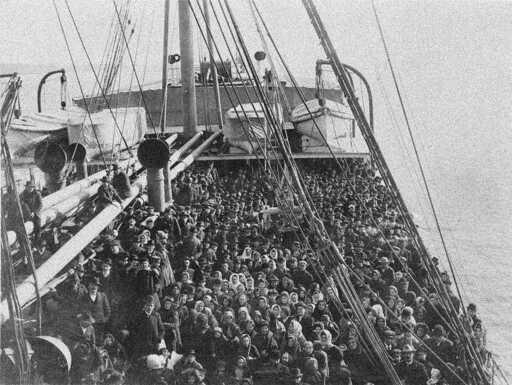
At the end of Milan’s M1 metro line you’ll find Sesto San Giovanni, a sizable blue-collar city. It was once called “Italy’s Stalingrad,” not only for its Brutalist concrete block apartment buildings and hulking steelworks, but also because Sesto San Giovanni was consistently one of the most left-wing towns in Italy. Older residents are still proud of the role the city played in the Resistance. From 1922 until liberation in 1945, Sesto’s denizens organized strikes, barricades, and protests against the Fascist government. Many workers gave their lives for the cause. For these actions the city was later awarded a gold medal for military valor by the Italian Republic. After the war, for decades, this working-class town consistently voted for the powerful Italian Communist Party and its successors, while Milan, its much richer big city neighbor, typically voted for the Right.
That’s all over. In 2017 Sesto elected a right-wing mayor for the first time in 71 years. And in 2022, Sesto voted for Giorgia Meloni’s right-populist alliance by double-digit margins. Over the same period, Milan, rich as ever, has drifted to the left.
Immigration was the issue at the heart of these elections.
Progressives have lamented the fall of Italy’s Stalingrad, blaming their electoral losses on skillful scapegoating by Meloni and the even harder-right Lega Party. And it’s true that the Right has stirred up anxieties and ratcheted up the emotional pitch of the debate, talking about immigrants as if they were all criminals or worse, an invading army. But the Left would be wrong to assume that immigration skepticism is akin to an infectious hate-virus spread by the Right or the product of “misinformation.” Voters didn’t just wake up one morning and decide that immigration was a big problem—big enough that they would give up generations of political loyalty—simply because right-wing demagogues said so.
In Italy, immigration has increased dramatically year-over-year since 2000. And Sesto has seen a significantly larger increase than the country at large. At the same time, the country’s economy remains stagnant, and salaries are now slightly below what they were in 1990. The region’s major industries—once a font of stable, decent, working-class jobs—have closed up. None of the four major metalworks still operate today. As they shuttered, so did the social and cultural organizations of the working class. Workers of the mid-century enjoyed a decent wage and a thick associational life, both made possible by the labor movement. Today’s workers have neither. The children of Sesto’s former factory workers now look for jobs in less stable, lower-wage services, or else they move abroad. In this context, left-wing appeals to openness and multiculturalism rang hollow while the Right’s promise to restrict immigration and restore social and economic security found wide support.
While there are certain peculiarities that make Sesto a particularly dramatic case—few cities are home to both a Karl Marx library and a Gramsci Avenue—in many ways it’s like any other rust belt town in any rich country anywhere in the world. The Left has lost working-class towns like this all over the globe. And in many cases, they’ve lost them because they’ve lost the debate on immigration.
In fact, over the last three decades, immigration has emerged as the signature issue that has allowed right-populist parties to pull blue-collar voters away from the Left. That’s because mass immigration is the most visible social byproduct of globalization. The challenges associated with it represent all that is dysfunctional in the contemporary political and social order: economic scarcity, social anomie, uprootedness, and cultural alienation. Without a compelling answer to these challenges, the Left will continue to flounder.
From Damage via this RSS feed


